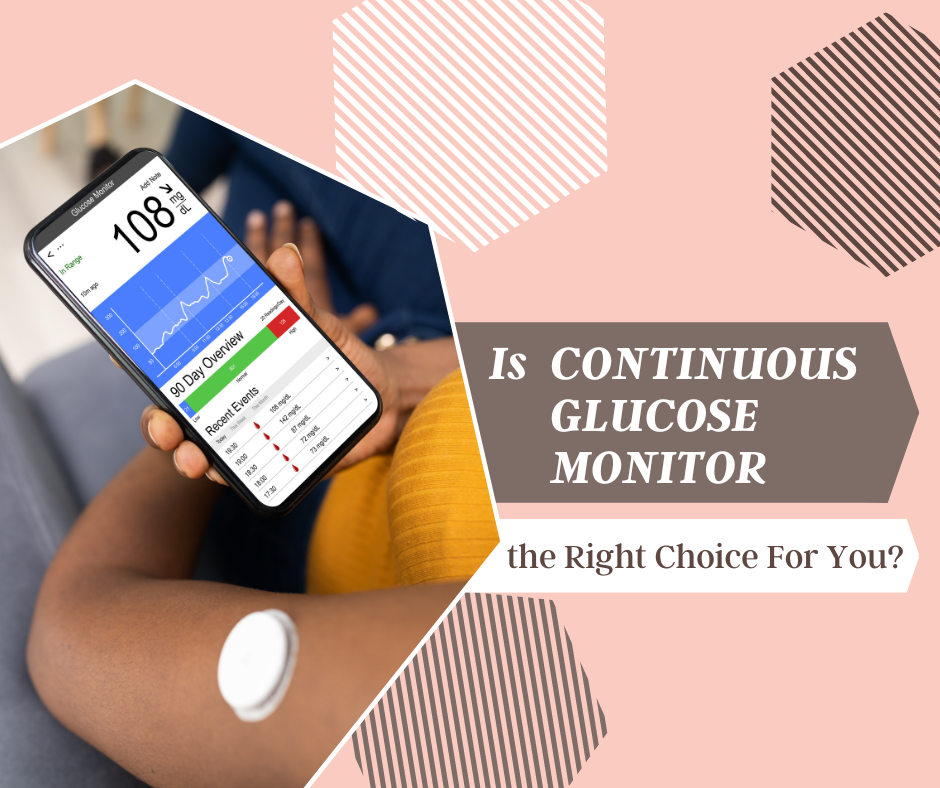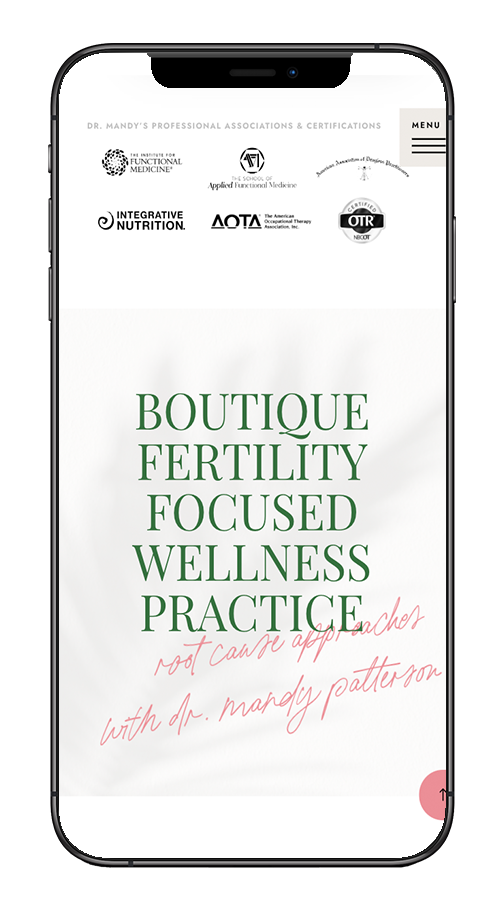If you like wearable tech and health, you’ll love the continuous glucose monitor (CGM). These smart devices provide real-time data on your blood glucose levels 24 hours a day. Traditionally used by those in the diabetes community, CGMs are becoming increasingly popular among all health enthusiasts.
This article will answer all your nuts-and-bolts questions and help you decide if a continuous glucose monitor is the right choice for you!
What is a CGM?
Let’s start with the basics. Blood glucose is another name for blood sugar, a term you may recognize. Continuous glucose monitoring refers to wearable technology that makes it easier to track your blood sugar levels on time.
It was initially developed for people with diabetes but is not limited to that group. A CGM allows you to see in real-time how your glucose changes 24 hours a day. Most CGMs report blood sugar levels every five minutes for a total of 288 glucose readings per day.
Ultimately, a CGM helps you recognize trends and make more informed decisions about what food to eat, when to exercise, and when to take certain medications.

CGMs enable people to view trends and get immediate alerts if sugar levels are too high or too low. This immediacy is important because blood sugar levels vary throughout the day in response to meals, physical activity, and medication use. Undetected blood sugar fluctuations can cause uncomfortable and hard-to-manage symptoms.
What Makes a CGM Different?
There are a few key differences between how a CGM tracks blood sugar and the old-school way of tracking it.
First, a CGM never stops working; it operates continuously, day and night, to sense and track sugar levels in the fluid surrounding the skin cells. Meanwhile, a finger-stick test provides a single blood sugar measurement at the time of the test.
Due to smart technology, CGMs enable people to view trends and get immediate alerts if sugar levels are too high or too low. This immediacy is important because blood sugar levels vary throughout the day in response to meals, physical activity, and medication use. Undetected blood sugar fluctuations can cause uncomfortable and hard-to-manage symptoms.
With a finger-stick test, you lack the data to manage and reverse those symptoms. In fact, CGMs allow you to respond to blood sugar fluctuations before symptoms develop.
Continuous monitoring of blood sugar levels and patterns can keep your blood sugar level within your desired range for optimal health.
Continuous Glucose Monitoring never stops working; it operates continuously, day and night, to sense and track sugar levels in the fluid surrounding the skin cells.
What are the Benefits of a CGM?
The benefits for an individual with diabetes are obvious: continuous monitoring of your blood sugar levels. However, for others, a continuous glucose monitor can help manage your metabolic health or your metabolism’s ability to maintain optimal blood sugar levels, insulin sensitivity, blood cholesterol, and blood pressure. Essentially, how well your body can convert energy from the food you eat to support optimal organ function.
Specifically, CGMs can show spikes or dips in blood glucose when it’s inconvenient to check sugar levels frequently, such as early in the morning. A CGM also eliminates the need for numerous finger pricks, which may be painful and difficult to manage. You will also get alerts with an alarm when glucose levels are too low or too high.
Most importantly, armed with the information from a CGM, you can clarify the effect of diet and exercise on blood sugar levels.
What are the Limitations of a CGM?
There are a few downsides to a continuous glucose monitor.
While it is a wearable tech and there aren’t wires, you still have to deal with having the device affixed to your body.
For some people, the constant stream of data can be a drawback. As well as inducing anxiety, it can create a sense of urgency to react to the number you see on the screen.
Finally, CGMs are costly, and you need to get them through your insurance or a program with a provider to be a feasible option for some people.
Additionally, the ADA’s Standards of Medical Care in Diabetes notes that there is no “one-size-fits-all” approach to technology use in people with diabetes. Your healthcare provider should carefully consider the appropriateness of CGM versus other technology options.
RELATED: HOW TO USE CONTINUOUS GLUCOSE MONITORING TO OPTIMIZE YOUR HEALTH
Who Can Benefit from Using a CGM?
Here is the million-dollar question, who can benefit from using a CGM? The answer is more than you think. The Food and Drug Administration approves continuous glucose monitors for children and adults with type 1 or type 2 diabetes. CGMs are also beneficial for people with prediabetes and are approved for women with diabetes associated with pregnancy.
Not only that, but anyone who wants to optimize their blood sugar levels can benefit from using a CGM. That includes anyone who is struggling with insulin sensitivity or other metabolic conditions.
There’s not a one-size-fits-all diet that will optimize your blood sugar levels. You can’t determine how your body will respond to a meal solely based on the food’s carbohydrate content or glycemic load. Moreover, Continuous glucose monitoring offers a personalized approach to healthcare.
Common metrics like the glycemic index fail to account for genetics, weight, sleep, stress, gut microbiome, and insulin sensitivity – which are all part of the glycemic response.
The best way to determine an optimal diet is through data and analysis. A CGM makes that possible.
Work with a Holistic Health Coach
As a certified Holistic Health Coach, I prioritize getting to the root cause of each of my client’s health concerns. I’ve partnered with a CGM company to offer clients the most personalized and data-driven protocols in my one-on-one and group coaching programs. If you’re ready to optimize your health and start living life to the fullest – reach out to me to get started!
Mandy Patterson


















